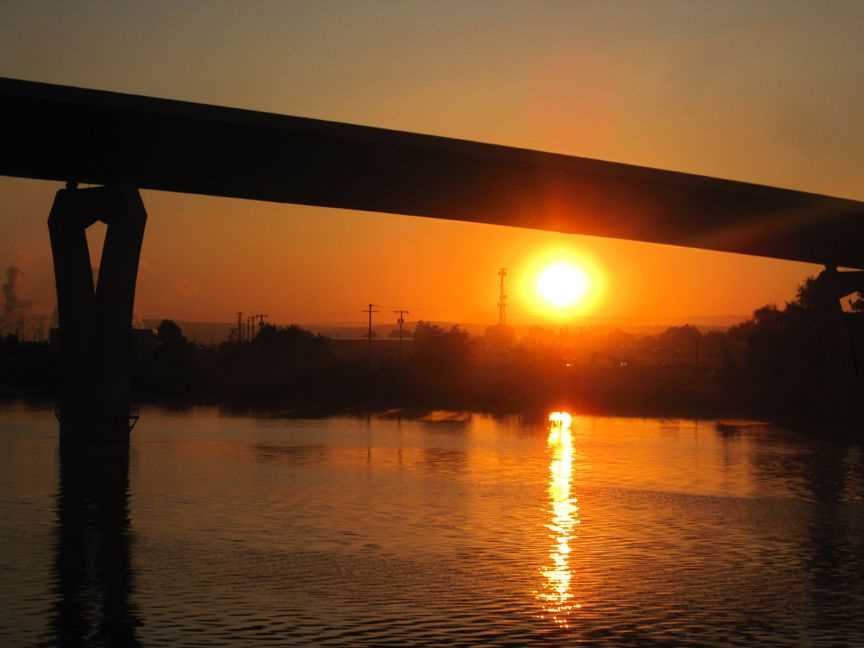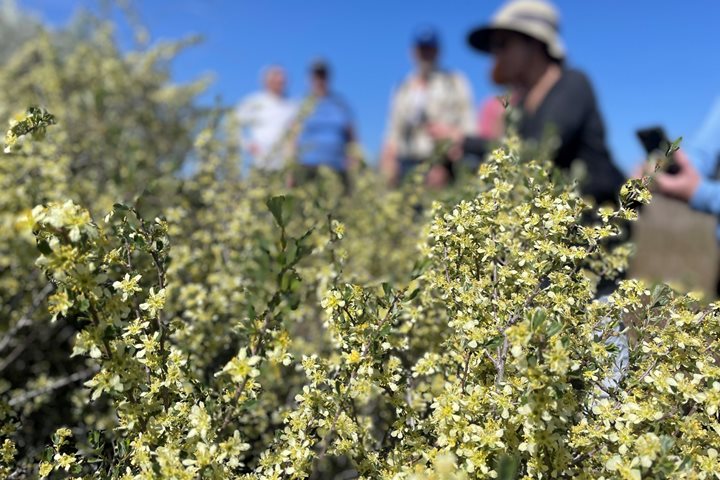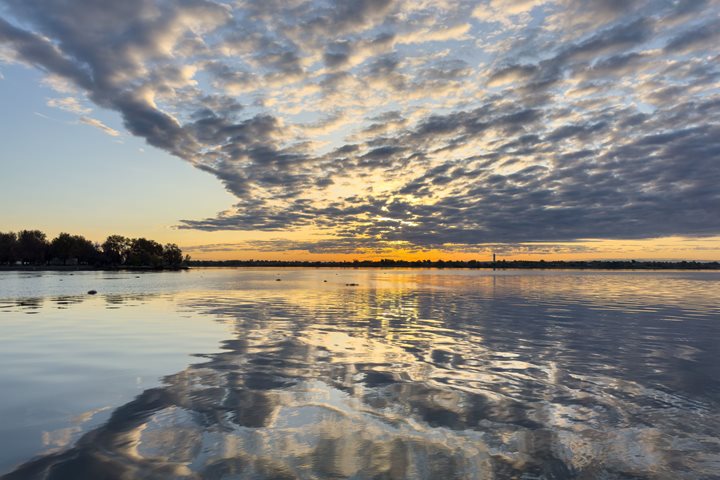The dawn’s blood-red sky greeted the early risers on deck as the National Geographic Sea Lion passed beneath the highway bridge at Clarkston, Washington, marking our return to the urbanized world in which most of us live and move and have our being.
Our return was mercifully brief for soon we were off for our grand adventure of the day, speeding in sleek jet boats up the free-flowing Snake River through the wilds of Hell’s Canyon. The scenery and the wildlife were spectacular. Several herds of Rocky Mountain bighorn sheep paraded for us on rocky outcroppings and along sandy beaches; herds of mule deer posed before the twisted and scrambled backdrop of columnar basalt; colorful Chukars scrambled along the shore; golden eagles seemed to greet us around every bend. We were ringside for some dramatic aerial acrobatics as a bald eagle defended itself from the bumps and grinds of a pair of red-tailed hawks.
Experiencing this wild and untamed stretch of the mighty Snake helped us envision the environment as it was encountered by those who passed this way long before us. The rushing waters and steep-sided cliffs of the canyon are like those described two centuries ago by the Lewis and Clark Expedition when it traveled along the route we have been following all week; these were the same fierce conditions that bedeviled the Oregon Trail pioneers as they risked life and limb to settle the Pacific Northwest in the wake of Lewis and Clark.
This too was the landscape experienced by the Native people who enjoyed undisputed occupancy of this land for countless millennia before the arrival of white settlers. On a rocky outcropping, we glimpsed the evidence of their antiquity—petroglyphs and pictographs created thousands of years ago for purposes now forgotten. On the grassy hillsides above the Snake, we saw traces of the Nez Perce Trail used for generations of fisherfolk coming here from the neighboring Wallowa Valley. Along a sandbar, we viewed the site of a longhouse just as it was described 211 years ago by Sergeant John Ordway of the Lewis and Clark Expedition.
With windblown hair and sun-blessed faces, some of us then were off to the Nez Perce National Historical Park. There we recalled the tragic affair of Chief Joseph and his desperate band who resisted orders to be concentrated on designated reservation lands in 1877.
So it was we spent our last full day of this voyage of discovery—experiencing the bountiful harvests, fascinating history, and extraordinary landscapes of the magnificent Pacific Northwest.







